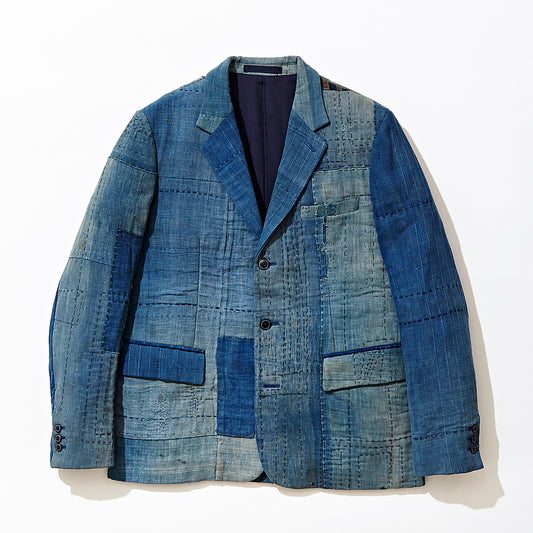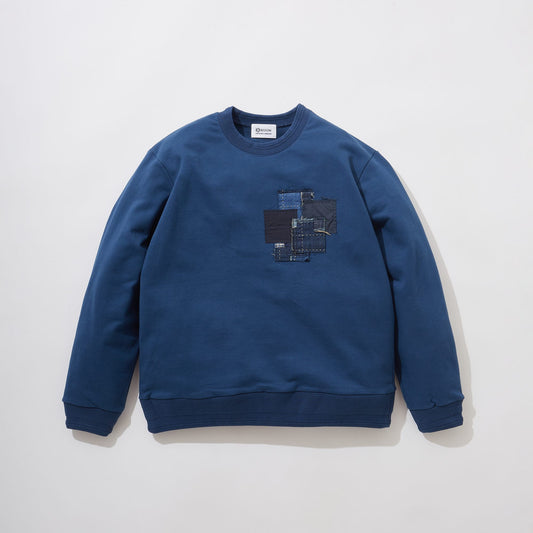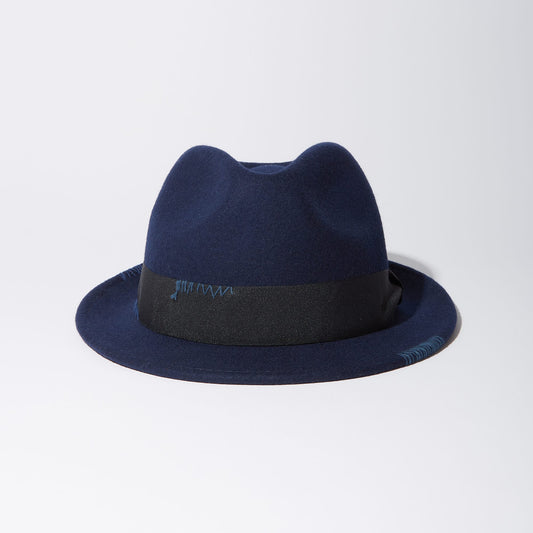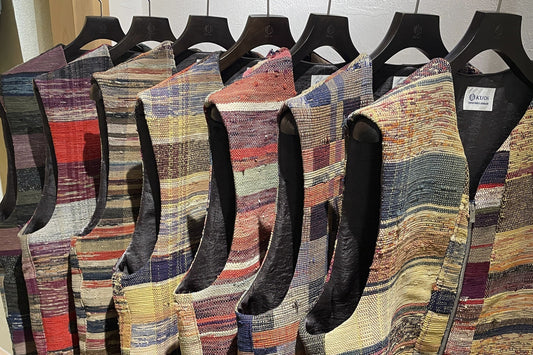
Yoshino Plaid
Share

Yoshino Plaid
About 400 years ago, when Samurais were running Japan.
There was a beautiful and intelligent courtesan in Kyoto called Yoshino-Tayu.
*Courteasan (Oiran) is a type of Yujo (prostitute), however, they are distinguished from ordinary Yujo in that they are first and foremost. A woman had to be educated in a rage of skills like sado (Japanese tea ceremony) and Ikebana (flower arranging). The courtesans’ prestige was based on their beauty, character and education etc. Tayu is the highest rank of courtesan.
This Yoshino Plaid is named after Yoshino-Tayu because it was loved very much by her, or in another theory, her marriage partner was wearing it. Yoshino plaid was loved by cultural figures at that time.
This pattern is said to have been born from Shosoin, back in Nara period. If it were a plaid pattern, then certainly we associate with European traditional pattern like Burberry Plaid, however, it can be found in the costumes of Kabuki, and also there were plaid patterns for each household, just like family crest.
We expressed this Japanese traditional plaid with Sashiko-ori, the special technique that can only be done in just one atelier in Japan at the moment.












